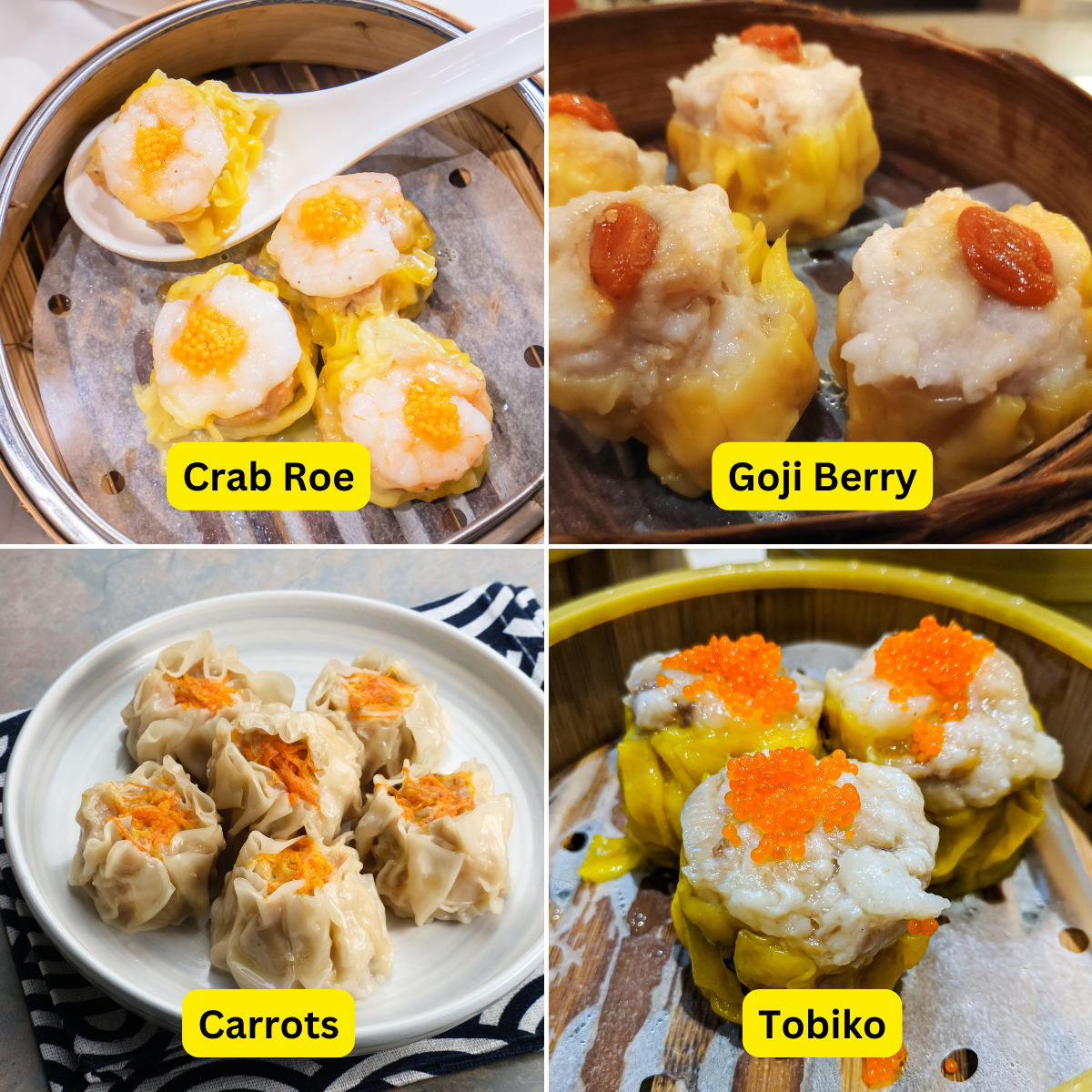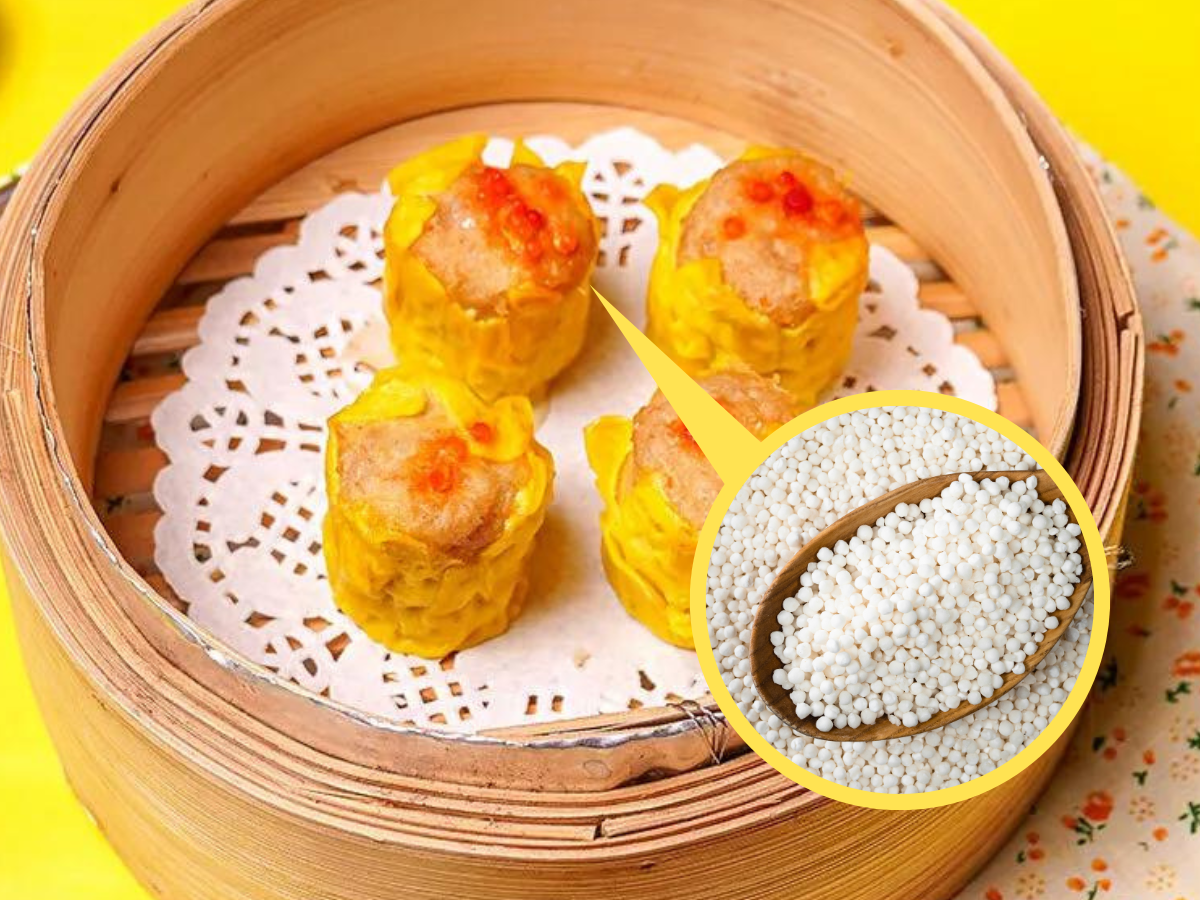What's The Orange Dot On Top Of Your Siew Mai? Sadly, It's Probably Not Roe
Sorry to burst your bubble.
Have you ever wondered what the orange dot on top of your siew mai actually is?
In Hong Kong, where dim sum is a staple, siew mai is often topped with a tiny orange garnish of crab roe or carrots
According to the South China Morning Post, there are many varieties of siew mai around the world, featuring different types of meat, spices, aromatics, and also toppings!
Depending on where you're having dim sum — and how fancy the restaurant is — your siew mai might be topped with tobiko (flying fish roe), ikura (salmon roe), or other types of caviar.
Another possible topping you may find on siew mai is goji berry, although this is not as common.
However, chances are, the siew mai you're eating looks something more like... this :')
And sorry to burst your bubble — that orange dot you see there ain't roe.
Unless you're eating siew mai at high-end dim sum restaurants, the orange dot or garnish is usually something else entirely.
If you're getting your siew mai for RM3 to RM5 from dim sum trucks and kopitiams, you can bet there's no roe inside — I mean, think about it, how would they even break even and make a profit otherwise?
The secret behind the orange dot on top of your siew mai is in the code E124, as well as a local ingredient we're all too familiar with
Curious about what goes into the siew mai we usually find in Malaysia, we delved into deep research mode, a.k.a. Googling "What is the orange dot on top of siew mai?"
But we weren't getting anywhere until we stumbled across the ingredients list provided by a few local dim sum suppliers and online dim sum shops.
And the common thing we found across the board was the code E124, a food colouring that gives a bright red colour.
Next, we discovered that what gives the bright orange dot its spherical shape is actually sago, a starch extracted from tropical palm stems and commercially produced in the form of pearls.
Check out these ingredient lists we found online to see for yourself:
- Ingredients list 1
- Ingredients list 2
- Ingredients list 3
- Ingredients list 4
So in essence, the garnish on top of the siew mai you're eating is most likely just starch, hehe
Well, that's not stopping us from popping those tasty dumplings into our mouth! ;P
Editor's note: This article is based on the writer's individual research. We are not food scientists, so if you have any further insight to share (or if any of the information is inaccurate), do reach out!




